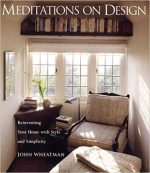Not So Big House:
Reading Recommendations
Not So Big House Resources: Reading Recommendations
A Pattern Language: Towns, Buildings, Construction
Christopher Alexander, Sara Ishikawa, Murray Silverstein, Max Jacobson, Ingrid Fiksdahl-King, and Shlomo Angel
This 1977 classic provides a compendium of design concepts that have shaped the built environment for all of human history, ranging from city planning to house design and everything in between. The book encourages readers to recognize their innate building sense by providing a language by which to discuss what we know intuitively makes sense.
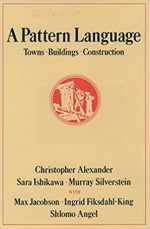
The Timeless Way of Building
Christopher Alexander
Along with its sister, A Pattern Language, The Timeless Way of Building launched a paradigm shift in how we design and build. In fact, Sarah’s fourth book, Home By Design, is dedicated to Christopher Alexander to honor his influence on her work and thinking.
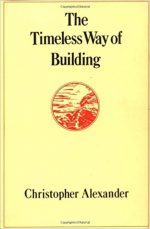
Pocket Neighborhoods: Creating Small-Scale Community in a Large-Scale World
Ross Chapin (foreword by Sarah Susanka)
Ross Chapin introduces an antidote to faceless, placeless sprawl—small scale neighborhoods where people can easily know one another, where empty-nesters and single householders can find friendship or a helping hand nearby, and where children can have shirt-tail aunties and uncles just beyond their front gate.
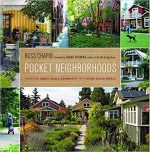
Get Your House Right: Architectural Elements to Use & Avoid
Marianne Cusato
This important and much needed book helps both homeowners and professionals get back in touch with the proportioning of house parts one to another and to the greater whole. Cusato advises us to “Use this book to learn the language; then use what you have learned to break all the rules and have fun.” But if we break the rules before we’ve learned them, as happens so often today, all we create are misshapen mistakes. It’s time to remember what we’ve forgotten. This book will help us individually and collectively to get it right.

Small Houses: Big Ideas for Today’s Small Homes
Editors of Fine Homebuilding
In this new collection of small houses from Fine Homebuilding magazine, the authors look at houses both new and remodeled, traditional and modern, urban and rural, by the water and in the mountains. The houses exude as much style as homes many times their square footage, and all are as big as they need to be to fit the lifestyles and aspirations of the people who live in them.
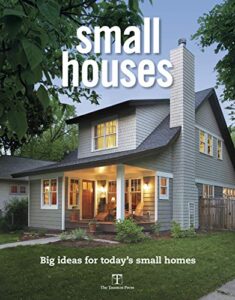
The New Cottage: Inspiration for America’s Favorite Home
Katie Hutchison
Whether new or remodeled, storybook or modern, permanent home or vacation getaway, the mere thought of “cottage” puts the mind at ease, as a cottage is where life is simple, comforting, and true. This book explores how our favorite home is changing to suit living today, and includes design strategies and case study examples that characterize today’s updated take on the classic cottage.
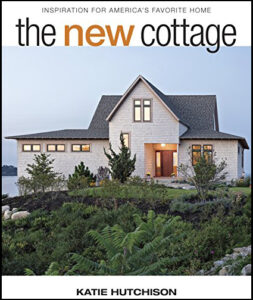
Designing Your Perfect House: Lessons from an Architect
William J. Hirsch Jr., AIA
Full of sage advice about how to design the perfect house for you, this book is a great guide for navigating the often-mystifying process of home design and building. In it, you’ll find answers to questions like: “How do I get started?” “How do I select a building site?” “What kind of house can I afford with my budget?” And “How do I make my dream house just right for me?”

How to Work With an Architect
Gerald Lee Morosco, AIA
In this book, architect Gerald Lee Morosco reveals the essential criteria for a successful architect/client relationship, explaining not only what the benefits of working with an architect are, but also showing how an architect adds immeasurable value to a project.
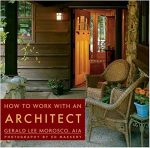
The Barefoot Home: Dressed Down Design for Casual Living
Marc Vassallo, co-author of Inside the Not So Big House and Not So Big Remodeling
Marc Vassallo hits the nail on the head when he says that we no longer need formal living and dining rooms—it just doesn’t fit the way we live anymore. This book showcases 20 excellent examples of houses that are both Not So Big in form, and decidedly Not So Formal in function. Anyone who is a fan of the Not So Big House series will almost certainly enjoy this book as well.

The Farmhouse: New Inspiration for the Classic American Home
Jean Rehkamp Larson
This book explains the appeal of today’s American farmhouse, providing inspiration for a new kind of home steeped in our nation’s rural roots that fulfills a longing for a return to simpler times.
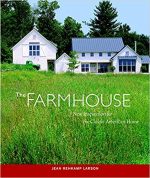
The Getaway Home: Discovering Your Home Away from Home
Dale Mulfinger
In this book, Dale Mulfinger, Sarah’s former partner at her firm, addresses the increasing popularity of recreational homes—both new and remodeled, and helps fulfill dreams of the ultimate escape.

Welcoming Home: Creating a House that Says Hello
Michaela Mahady
In this book, Michaela Mahady, another of Sarah’s partners from her former firm, delves into the psychology of how humans experience built places, in order to identify those characteristics that make us feel welcome, protected, comforted, and happy.

Small Spaces: Stylish Ideas for Making More of Less in the Home
Azby Brown
Tokyo resident and architect Azby Brown assembled dozens of creative solutions to space and storage problems for this book about living comfortably and using space wisely. Small Spaces will be a lifesaver for all those with growing families, shrinking resources, and limited room to grow, or anyone who wants to transform a cluttered environment into an orderly, attractive living area.

The Very Small Home: Japanese Ideas for Living Well in Limited Space
Azby Brown
This book is a must for anyone wanting to understand how to do more with less when it comes to home design. These tiny and exquisitely designed contemporary Japanese homes have so many lessons to teach readers around the world about how to make their homes both functional and beautiful, whatever the size.

Meditations on Design: Reinventing Your Home with Style and Simplicity
John Wheatman
John Wheatman’s first book is a sumptuous study that applies his design principles to every kind of interior. Each idea is based on the philosophy that a living space should be functional and comfortable and should enrich the lives of its inhabitants.
